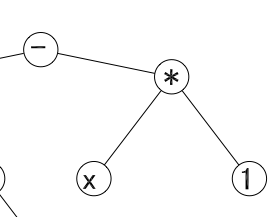

We present here an analysis of a complex set of data on the strength of steels as a function of chemical composition, heat treatment and test temperature. The steels represent a special class designed to resist deformation at elevated temperatures (500-600°C) over time periods in excess of 30 years, whilst serving in hostile environments. The aim was to compare two methods, a neural network based on a Bayesian formulation, and genetic programming in which the data are formulated in an evolutionary procedure. It is found that in the present context, the neural network is able more readily to capture greater complexity in the data whereas a genetic program seems to require greater intervention to achieve an accurate representation.
Materials and Manufacturing Processes 24 (2009) 10-15

| MAP_STEEL_HOT_STRENGTH | PROGRAM:0.2 percent proof strength of creep-resistant ferritic steels as a function of temperature, chemical composition and heat treatment. |
| Coalesced | Foam | TWIP | FSW | 3D |
| Texture | Properties | Silicon | Synchrotron | Models |
| Neural Networks | Creep | Mechanicallly Alloyed | Theses | Retained Austenite |
| PT Group Home | Materials Algorithms |